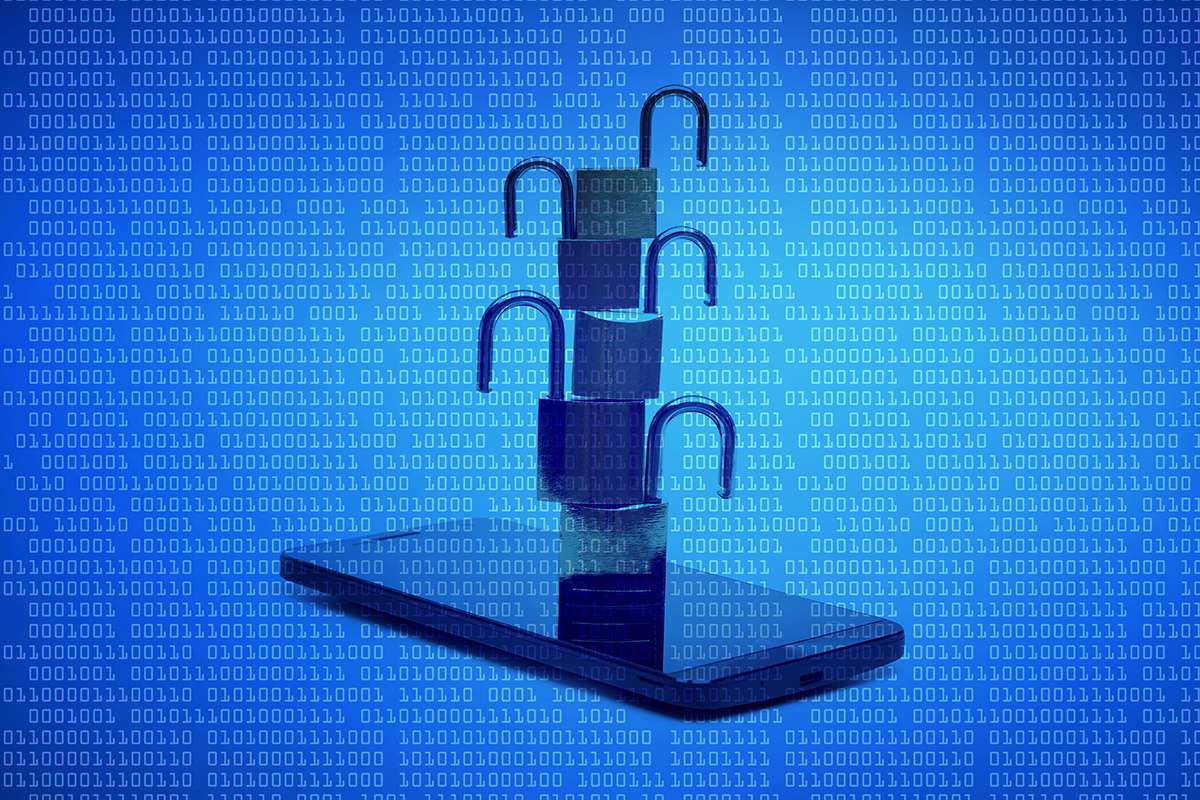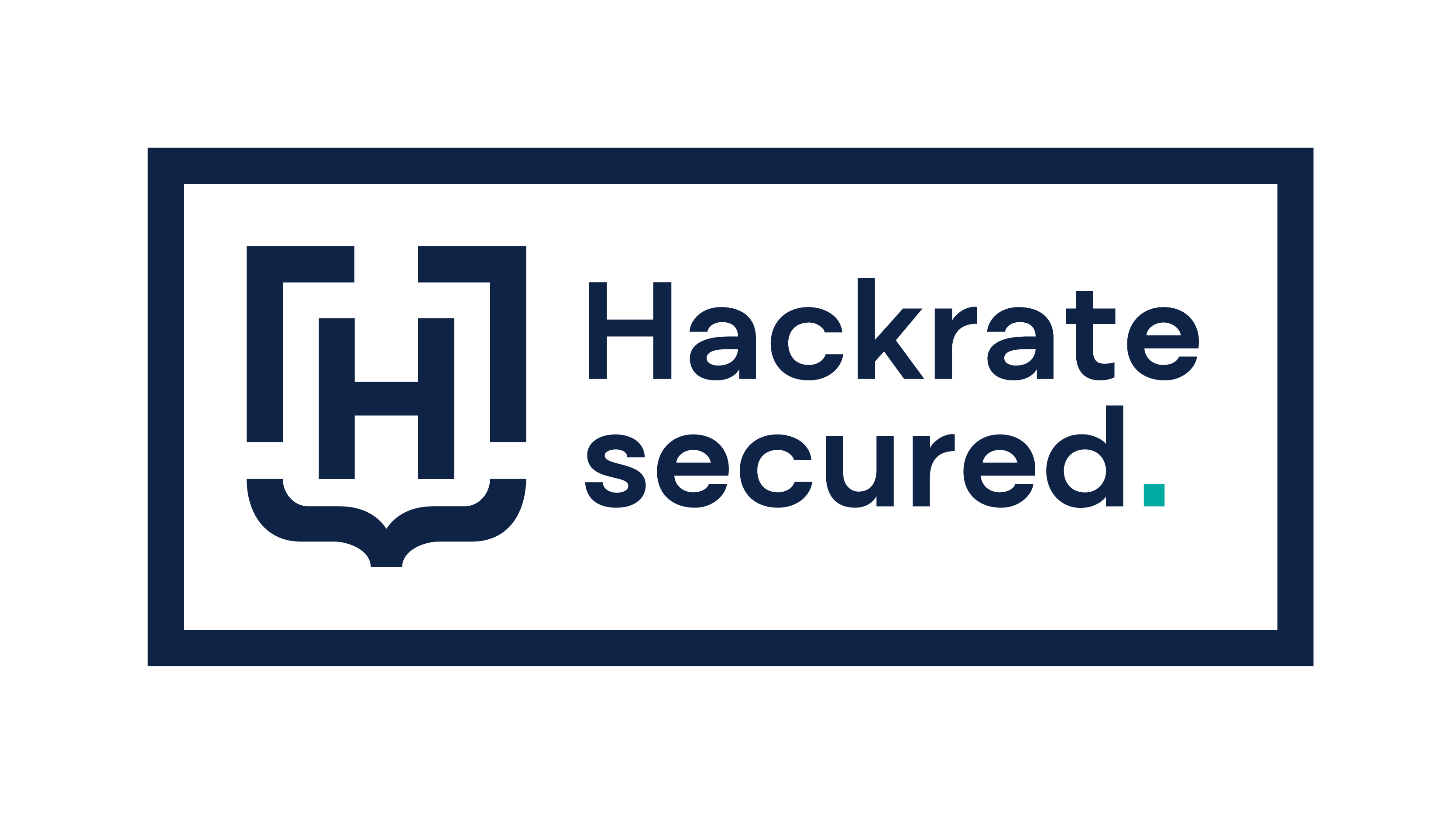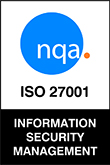Imagine you’re standing in line at the checkout in a clothing store. Suddenly, the customer in front of you takes his unpaid goods, walks behind the cash register, opens it and processes his purchase himself.
What did he just do? He gained access to an unauthorized area, violating several rules and regulations. Moreover, he could quite easily have taken too much money from the cash register or deposited too little, which would therefore result in a high financial risk for the business operator.
Don’t worry, situations like this can easily be avoided, especially within your internal processes and the IT structure of your company. In this article, we will explain to you what exactly the Least Privilege Principle means. Also we’ll show you step by step how you can successfully and easily apply this principle and thus prevent phishing attacks and cyber security threads.
What is the Least Privilege Principle (PoLP)?
From the clothing store with the naughty, self-purchasing customer to your company’s IT infrastructure: No matter what business you’re in, if you have multiple employees with access and several authority levels, it’s important to know about PoPL.
PoLP defined by the Cybersecurity and Infrastructure Security Agency of the US:
“Only the minimum necessary rights should be assigned to a subject that requests access to a resource and should be in effect for the shortest duration necessary (remember to relinquish privileges). Granting permissions to a user beyond the scope of the necessary rights of an action can allow that user to obtain or change information in unwanted ways. Therefore, careful delegation of access rights can limit attackers from damaging a system.”
And what about this so-called privilege creep?
With privilege creep in Access Management we understand the slow and mostly unsupervised process of unnecessary rights and permissions that are granted to users. This means that the above-mentioned rather rude customer even has the right and the permission to use the cash register himself at the checkout, because, for example, he used to work in that store. Nobody took away his key to the cash register, so he still serves himself. And even if he didn’t, a buddy of his could easily grab the key and just help himself to the store’s cash register.
Translated into the world of IT and data security this means that even if the user himself won’t utilize his privileges, a cyber criminal could overtake the account and cause immense damage to your company.
Summarized: Each user, program or process should have only the minimum privileges necessary to perform its function. Assigning minimum privileges is recommended because in the event that a user account is compromised, the risks resulting from excessive privileges could easily expose more attack surfaces.
Why you should immediately apply the principle yourself
You’re not particularly worried about data safety? You think, maybe next month / next year you’ll start implementing some cyber security software and that’ll be it? Well, let’s just say, that won’t do it. And here’s why:
There are countless reasons for why you should protect your company’s operations and accesses from phishing attacks, internal frauds and a general increased cyber risk. Phishing, spyware, ransomware, unauthorized access – with increasing digitalization, cybercrime has become a highly professional business. Almost everything can be stolen – from corporate intellectual property to sensitive government data. Espionage, sabotage and extortion are just a few of the threats you face if you don’t take proper care of your business data security. But also unintended leakage and lost data and money are threads you’ll face if you keep on being too carefree towards cyber security.
Here are the main benefits that come with applying the Least Privilege Principle:
You can minimize risks by minimizing the attack surface
PoLP is like locking your car, so no one could steal it. With a smaller surface comes a higher level of control and safety, therefore making it less likely that your business will fall victim to a cyberattack. The same applies to malware propagation and its explosion radius.
Your system becomes more stable due to minimized risk and higher control
This stability will spread to every area of the workflow. Personal data, business data or general workflow processes: When you have defined who can do what, when, and for how long, and these limits are controlled, your business will finally become more secure and therefore more profitable.
Talking about profit: Say Goodbye to losing money due to cyber risks
Whether you lose the money because of leakage or phishing attacks or because you didn’t cancel access for ex-employees – if you apply the principle, your money stays in your pocket (where it belongs). And no one could come and open your “cash register”, causing huge money gaps.
If you’re curious about how much money you could potentially save, check out our calculator!
You will be able to achieve Regulatory Compliance and the Segregation of Duties (SoD)
If there are too many accesses, there is a greater risk of not following compliance guidelines. SoD enforces the operational checks and balances that prevent non-compliance and manual errors. Needless to say that this also saves you a lot of trouble and money.
Last but not least: With PoLP you can save a lot of time, work and nerves
It is almost impossible to manage all the accesses manually and to keep an eye on everything that is going on in your IT department. By implementing cyber security through applying the Least Privilege Principle, you’ll finally be able to secure your company’s data AND to take care of the more fun tasks on your plate.
You might now be worried and anxious about your company’s or department’s cyber security, but applying this awesome privilege is not as hard as it may seem. Take it one step at a time and use automated access control to secure your data more and more – until it’s bulletproof.
Implementing the Principle of Least Privilege
To avoid privilege creep and cyber threads, we strongly advise you to implement the Principle of Least Privilege asap.
Step 1: Audit granted permissions on a regular basis
Searching for excess privileges and therefore avoiding privilege creep is the first step on your way to secure your business data. Define and control permissions and access based on your work processes.
Step 2: Grant permissions – but keep it minimal
Managing privileges is best done by only allowing certain functions that are absolutely necessary to perform the tasks at hand. For example if you need worksheets to be reviewed, but not rewritten, you should only gain access as a “reviewer”.
Step 3: Separate the duties
Separation of duties (SoD) is the concept of having more than one person required to complete a task. It is an administrative control used by companies and organizations to prevent fraud, sabotage, theft, misuse of information, and other security compromises.
Parts of SoD could be:
- separating admin accounts from regular accounts
- defining higher level and lower level functions
- requiring multiple conditions to grant permissions
Step 4: Implement temporary privileges
Let a trusted superuser generate single-use credentials to provide excess permissions and privilege creep for tasks that require only a short-time intervention from other users. These temporary privileges should be secured with multi-party approval. Make sure that these changes are well visible.
Step 5: Secure sensitive data
Some data needs to be handled more carefully than others. Login data, business secret related data and financial information for example should be handled with more attention and access to those data should be given very carefully. Define these sensitive spots and make sure no unauthorized user has access to them.
Step 6: Improve the trackability of changes
If you can see exactly what changes have occurred, then you can accurately assess whether there is a risk, for example in someone having unauthorized access to sensitive data. Logging access with user IDs, one-time passwords and automatic auditing can improve the visibility of possible threads or risks.
Step 7: Automate the whole process
Automation is not just a fancy thing to do, it is also absolutely necessary in terms of high-level safety and data security. An automated process will always react faster, more reliably and comprehensively than a human auditor or supervisor. You can’t have your eyes everywhere at any time, and you shouldn’t have to either! Just think of all the things you could do with your time if an IT tool could do the security work and the access management for you…
Oh wait, did we already reach step 7? How about one final, additional step?
+1 step: Get TheFence and let our Access Management Tool do the hard work for you!
Our solution is able to
- prevent leakage
- automate key reports
- reduce license costs
- safe you lots of money and nerves
- protect your company’s data from all kinds of cyber attacks and internal frauds
- and avoid privilege creep!
Find out more about TheFence here:
Voilá, your data’s safe!
Implementing a Least Privilege Policy will change the life of your company. Especially, when you’re using automated solutions, like TheFence and therefore enforcing configured access rights and providing business intelligence reports that will dramatically reduce the need for manual reviews.
With TheFence you can finally automate all of your business security workflows, grant, deny and control access, define limits and permissions minimizing cyber risks, costs and lost data.
You don’t have to sit idly by and wait for lightning to strike. Say Goodbye to cyber threads, internal frauds, phishing attacks, lost money and a complicated, time-consuming data security management. Say hello to our Access Management Tool that takes on the boring part, providing maximum security by automatically minimizing risks.
Cyber risks can be managed – by TheFence. You just keep doing what you love to do while TheFence keeps your company’s data where it should be.














